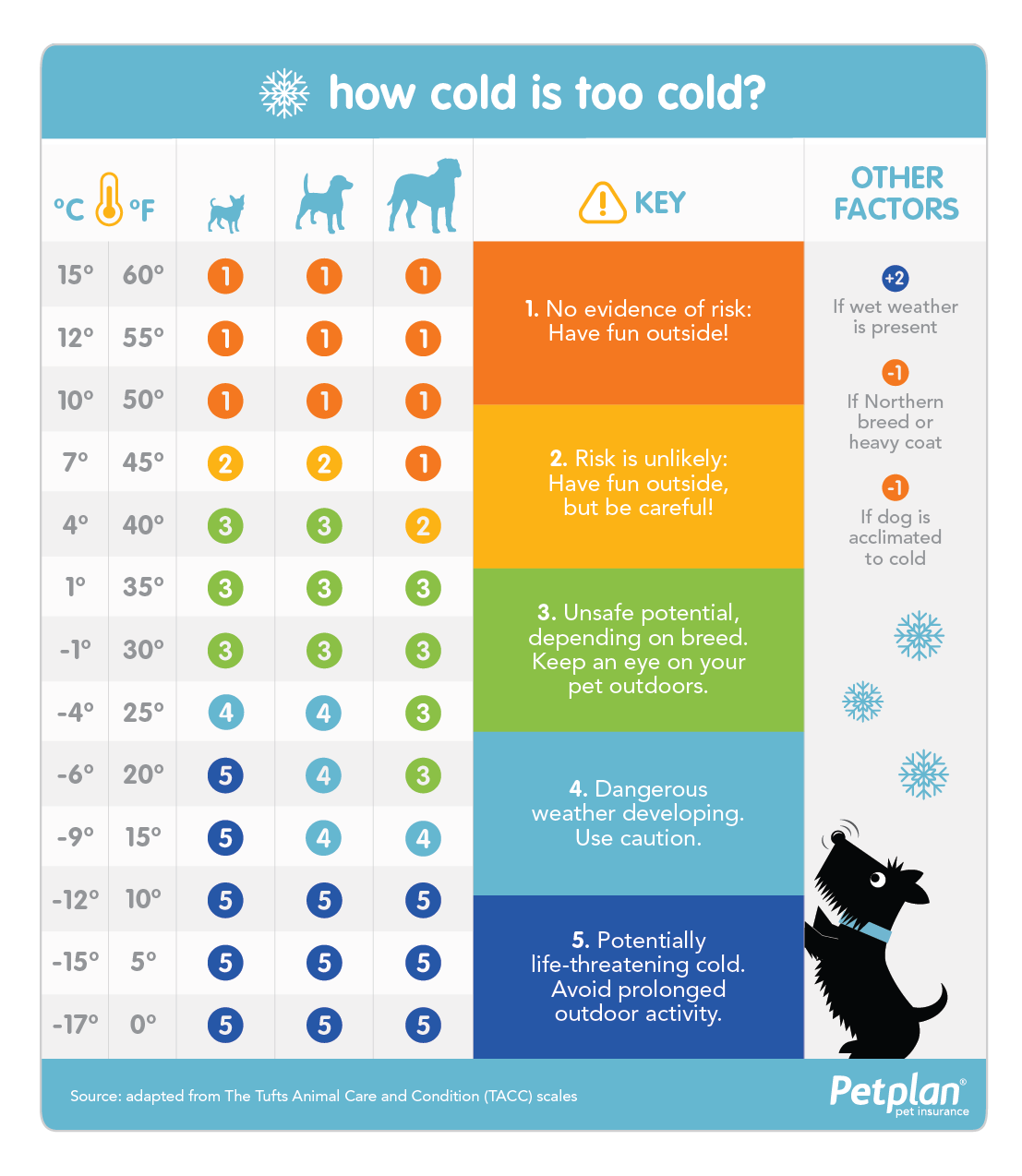Have you ever wondered what happens when it’s time for a working dog to retire? The United States Military employs hundreds of dogs every year. These dogs, some of the smartest K-9s in the entire world, are intensely trained in a multitude of disciplines, but just like any of us, these amazing soldiers eventually grow old and begin to lose a step. After their service ends, many ex-military dogs are lucky enough to retire with their handler or a member of the military whom they were previously very close with. However, many whose handlers are not able to bring them home are now spending their twilight years with non-military families after a carefully considered adoption process.

Do You Pass The Test?
There are a few criteria required in order to adopt a retired military dog. Although the standards are relatively high, it’s in everyone’s best interest. These are working dogs who need a home that can accommodate the special energy level and skills that have been hard-wired into their new pet’s previous daily activities. For instance, the recipient of one of these dogs must have an outdoor fence that is at least 6 feet tall, and may not have any children under the age of 5. Altogether, the process of adopting a retired military dog can take up to 2 years to ensure both the dog and the family are getting a proper fit. Civilian law enforcement are the first choice for these retiring dogs, which allows them to maintain their duties to a slightly lesser degree. Second in line after law enforcement are previous military handlers, followed finally by the general public.

Training
Those lucky enough to adopt a retired military dog are getting themselves a very well behaved companion. These heroic pups have been through a minimum of 4-7 months of discipline drills and education just to pass their “basic training” before they even begin to be coached in their specific craft. There are a handful of positions that K-9 service dogs are trained for, each with a specific and intense training process to earn a position in the field. Below are a few disciplines that your newly acquired retired military dog might have mastered.
- Sentry Dogs
- Sentry Dogs are trained to warn their handlers of potential danger in the area. They originally began this type of work during WWII, when over 9,000 dogs were trained in the art of surveillance, sticking close by their handlers and using their heightened senses to remain vigilant deep into the night.
- Scout/Patrol Dogs
- Dogs used for Scout or Patrol were crucial for determining whether or not an area was safe. Only the smartest and quietest of dogs are selected for this position. These dogs are required to remain silent as to not be detected themselves, while possessing the ability to detect the presence of an enemy up to 1,000 yards away.
- Messenger Dogs
- These dogs are considered to be the most loyal of the military dogs, because of their ability to work with two different handlers. These dogs are trained to use natural cover and bring messages from one handler to the other without being detected by enemy forces.
- Mine Dogs
- Mine Dogs work in arguably the most dangerous conditions of them all. These dogs are trained to sniff out explosives and find trip wires in order to keep soldiers safe during transit.
- Tunnel Dogs
- Tunnel Dogs were used mainly in Vietnam to help the US soldiers detect underground tunnels and bases. These dogs helped prevent ambushes by alerting their handlers of nearby danger.
- Casualty Dogs
- Casualty Dogs are often the difference between life and death for a wounded soldier. These dogs put their own safety aside and search a battlefield for casualties. In a situation where just a few minutes can be the difference between life and death, these amazing dogs are the catalyst that helps lower the rate of death on the battlefield.
These dogs up for adoption have worked most of their lives, and are ready to spend their twilight years with a loving family. The criteria to adopt one of these dogs may seem high, but the rules are in place simply because these dogs deserve it. After working a lifetime in the military, it only seems fitting that their future home and families are of the highest standard. If you or a friend are interested in adopting a military dog, email mwd.adoptions@us.af.mil to inquire further!
Sincerely,
The Lilly Brush Team
The post Adopting Military Dogs appeared first on Lilly Brush.




